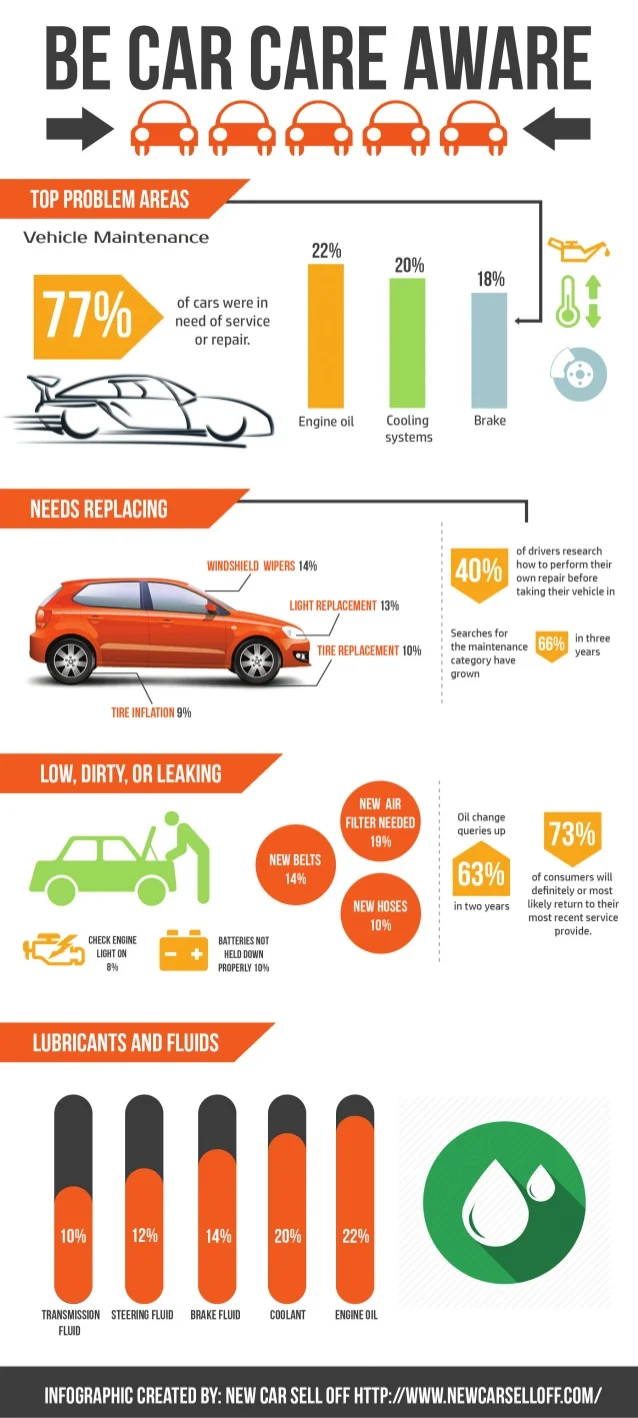Understanding Your Vehicle'S Warning Lighting: What Do They Really Mean?
Understanding Your Vehicle'S Warning Lighting: What Do They Really Mean?
Blog Article
Write-Up Created By-Hernandez Ferguson
When you lag the wheel, those beautiful caution lights on your dashboard can be a bit puzzling. Do you understand what they're attempting to inform you about your automobile's wellness? Recognizing the relevance of these lights is essential for your security and the durability of your lorry. So, the following time one of those lights appears, wouldn't you wish to decipher its message properly and take the necessary steps to address it?
Common Caution Lights and Interpretations
Determine typical warning lights in your vehicle and comprehend their significances to ensure risk-free driving.
One of the most regular caution lights consist of the check engine light, which signifies concerns with the engine or emissions system. If this light comes on, it's essential to have your automobile inspected immediately.
The oil pressure cautioning light shows reduced oil pressure, needing immediate focus to prevent engine damage.
A blinking battery light may recommend a defective billing system, potentially leaving you stranded if not attended to.
daves auto repair monitoring system (TPMS) light alerts you to low tire stress, impacting vehicle stability and gas effectiveness. Overlooking read here might lead to harmful driving conditions.
The abdominal muscle light indicates a trouble with the anti-lock stopping system, compromising your ability to quit promptly in emergencies.
Finally, the coolant temperature alerting light warns of engine getting too hot, which can result in extreme damages otherwise fixed quickly.
Understanding these common warning lights will assist you address issues promptly and maintain safe driving problems.
Significance of Prompt Attention
Understanding the typical warning lights in your cars and truck is just the initial step; the relevance of quickly resolving these cautions can not be emphasized sufficient to ensure your security when traveling.
When a caution light illuminates on your control panel, it's your automobile's means of communicating a prospective issue that needs interest. Neglecting these cautions can bring about much more extreme issues later on, endangering your security and possibly costing you much more out of commission.
Prompt focus to cautioning lights can avoid failures and mishaps. As an example, a blinking check engine light can suggest a misfire that, if left neglected, could trigger damage to the catalytic converter. Resolving this promptly can conserve you from a costly repair.
Similarly, a brake system warning light might indicate low brake fluid or worn brake pads, essential parts for your safety and security when driving.
Do It Yourself Troubleshooting Tips
If you see a warning light on your control panel, there are a few do it yourself troubleshooting tips you can attempt prior to looking for expert aid.
The very first step is to consult your car's handbook to comprehend what the particular warning light indicates. Sometimes the issue can be as basic as a loose gas cap causing the check engine light. Tightening the gas cap may deal with the problem.
An additional usual issue is a low battery, which can activate different cautioning lights. Inspecting the battery connections for corrosion and guaranteeing they're secure may deal with the trouble.
If a caution light lingers, you can try resetting it by detaching the car's battery for a couple of minutes and afterwards reconnecting it. Additionally, checking your car's fluid degrees, such as oil, coolant, and brake liquid, can assist troubleshoot alerting lights associated with these systems.
Conclusion
Finally, comprehending your automobile's caution lights is crucial for keeping your vehicle running efficiently and safely. By quickly addressing https://www.hometownsource.com/sun_current/community/edina/kevin-kee-closes-auto-shop-after-28-year-run-in-edina/article_59c3b0fc-4e80-11ec-a265-338dcaa4e9e2.html and recognizing what they mean, you can avoid pricey repair work and prospective break downs.
Remember to consult your car's manual for particular information on each alerting light and act accordingly to make certain a trouble-free driving experience.
Stay notified, remain safe when traveling!
